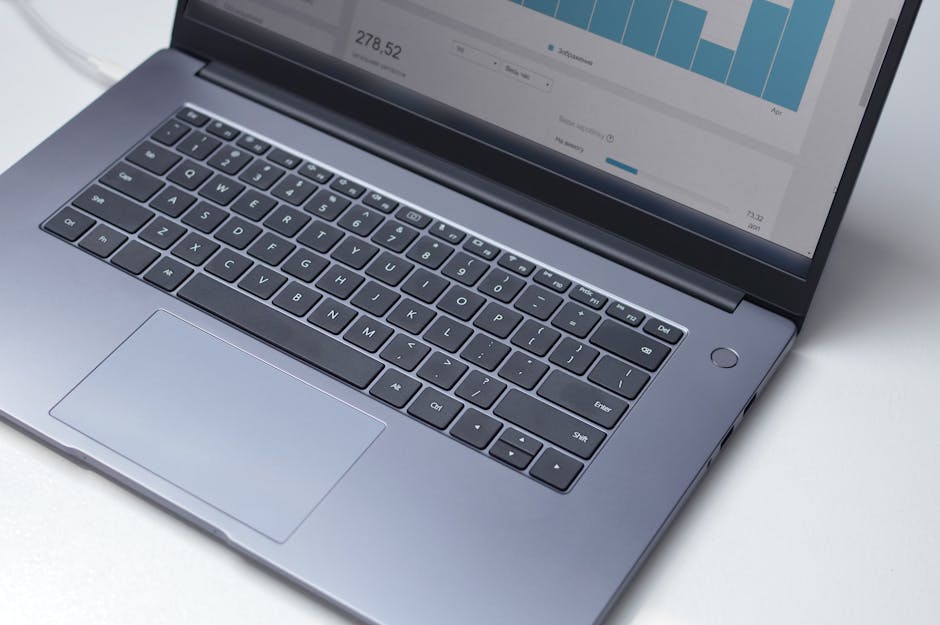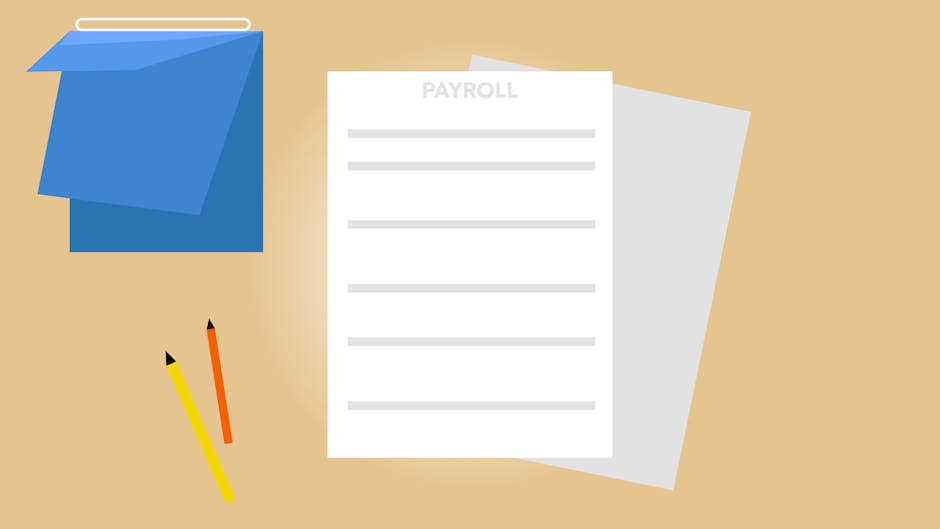Categories: ABA Validation
Solving Common Issues with Bank Account Validation
Unable to Validate Bank Account?
Being unable to validate a bank account can halt crucial financial operations. Here’s why this happens and what you can do:
- Double-check routing and account numbers for errors.
- Ensure the account is not closed.
- Verify the account can receive both deposits and debits.
Bank account validation ensures your financial transactions proceed smoothly. It’s crucial for verifying that the bank account details are correct and operational.
Bank account validation affects the success of Automated Clearing House (ACH) transfers, direct deposits, and online payments. A failed validation can lead to transaction delays, rejections, and even financial losses.
Common Reasons for Bank Account Validation Failures
Incorrect Information
One of the most common reasons for bank account validation failures is incorrect information. This often happens due to typographical errors in routing numbers or account numbers.
Routing numbers are crucial as they identify the financial institution involved in the transaction. A minor error in entering these numbers can result in failed transactions and financial losses. For example, setting the routing number to 000000000 will keep a company bank account in a disabled_recoverable status with verification_pending as the reason. Similarly, an incorrect account number means the ACH network cannot process the transaction, leading to a validation failure.
Account numbers also play a vital role. If the account number does not match the name on the account or is outdated, the validation will fail. This is why double-check these details before submitting them.
Closed Accounts
Validation failures can also occur if the bank account is closed. Banks cannot transfer money to a closed account, leading to an automatic rejection of the transaction.
Account status is critical here. If a customer closes their account without notifying the business, any attempted transactions will fail. This is often seen in cases where accounts are closed due to inactivity or other reasons, but the business continues to try to debit or credit the account.
Bank policies also come into play. Some banks have specific policies regarding account closures that might not be immediately apparent to the account holder. It’s always a good idea to keep your account status updated and inform relevant parties immediately if you close an account.
Bank Restrictions
Bank restrictions are another common reason for validation failures. These include restrictions like debit blocks and transaction limits.
Debit blocks are set up by some banks to prevent unauthorized debits from an account. If your bank account is set up in such a way that it cannot be debited by external parties, the validation process will fail. You may need to contact your bank to change these permissions.
Transaction limits can also cause issues. For instance, Regulation D from the Federal Reserve limits certain types of withdrawals and transfers from savings accounts to six per month. If you exceed this limit, transactions may fail, leading to validation issues.
In summary, understanding these common reasons for bank account validation failures—incorrect information, closed accounts, and bank restrictions—can help you take proactive measures to ensure smooth financial transactions.
Next, we’ll explore how to resolve issues when you’re unable to validate a bank account.
How to Resolve “Unable to Validate Bank Account” Issues
When you’re unable to validate a bank account, it can be frustrating. But don’t worry, there are several ways to resolve these issues. Let’s break down three main areas: verification methods, correcting errors, and bank communication.
Verification Methods
Plaid
Plaid is a popular tool for instant bank account verification. It connects directly to your bank using your online banking credentials. If Plaid fails, it might be due to multi-factor authentication settings on your bank account. Try disabling these temporarily and attempt the verification again.
Raw Bank Accounts
If Plaid doesn’t work, you can manually link your bank account. This involves entering your routing and account numbers directly. Double-check these numbers to avoid typos.
Two Small Deposits
Another method is the two small deposits approach. The bank sends two small amounts (less than $1) to your account. You then confirm these amounts in your payment platform. This method is reliable but can take 2-4 days.
Correcting Errors
Updating Details
If your bank account validation fails, the first step is to update your details. Make sure your routing and account numbers are correct. Even a small typo can cause a failure.
Contacting Bank
Sometimes, the issue might be on your bank’s end. Contact your bank to ensure there are no restrictions or blocks on your account. For example, some banks have settings that prevent external debits.
Checking for Typos
Always double-check for typos. A single incorrect digit in your account number or routing number can cause validation to fail. Make sure every detail is accurate.
Bank Communication
Support Contact
If you continue to experience issues, contact customer support for your payment platform. They can provide specific guidance and may have insights into common issues with certain banks.
Understanding Bank Policies
Every bank has its own set of policies. Some banks may have restrictions that you need to be aware of. For example, certain accounts may not allow external debits or credits.
Permission Settings
Check your bank account’s permission settings. Some accounts are set up to block external transactions by default. You may need to adjust these settings to allow verification.
By using these verification methods, correcting errors, and maintaining good communication with your bank, you can resolve most issues related to unable to validate bank account.
Next, we’ll look at preventative measures to avoid these validation failures.
Preventative Measures to Avoid Validation Failures
Avoiding validation failures can save you a lot of hassle. Here are some preventative measures to keep your bank account validated and functional.
Account Setup
Correct Information: Always double-check your bank account information. Ensure that your routing and account numbers are accurate. A minor typo can cause a validation failure, leading to delays in payments.
Preferred Account Types: Choose the right type of account for your needs. Some accounts are better suited for frequent transactions, while others may have restrictions. For example, a business account might be more appropriate for companies to handle multiple transactions smoothly.
Regular Updates
Account Status Checks: Regularly check the status of your bank account. Ensure it’s active and can accept both credits and debits. Closed or frozen accounts will fail validation checks.
Information Accuracy: Keep your bank information up-to-date. If you change banks or account details, update this information immediately in your payment systems. This will help avoid any disruptions in receiving payments.
Monitoring Transactions
Transaction Alerts: Set up transaction alerts for your bank account. These alerts can notify you of any failed transactions or unusual activity, giving you a chance to rectify issues before they escalate.
Account Statements: Regularly review your account statements. Ensure all transactions are correctly recorded and there are no discrepancies. This can help catch errors early and maintain the accuracy of your account information.
By focusing on accurate account setup, regular updates, and diligent monitoring, you can significantly reduce the chances of encountering unable to validate bank account issues. Next, we’ll explore the tools and resources available for effective bank account management.
Tools and Resources for Effective Bank Account Management
When it comes to managing your bank accounts effectively, having the right tools can make all the difference. ACH Genie is a powerful solution designed specifically for financial institutions to streamline ACH transactions and ensure compliance with NACHA rules.
ACH Genie stands out for its robust features, including:
- NACHA File Editing: Unlike many other tools, ACH Genie allows you to open, edit, and validate ACH files even if they contain major errors. This capability can save you from the hassle of switching to text editors like Notepad for corrections.
- ACH Payment Validation: The software provides fast and accurate validation of ABA numbers using an up-to-date database. This ensures that all your ABA numbers are correct and current, significantly reducing the risk of ACH payment rejections.

Online Banking Platforms
Online banking platforms offer a convenient way to manage your accounts without having to visit a bank branch. Features typically include:
- Real-Time Transaction Monitoring: Keep an eye on your account activity in real-time. This can help you quickly identify any unusual transactions and take immediate action.
- Automated Alerts: Set up alerts for various activities, such as low balances or large transactions. This can help you stay informed and avoid potential issues.
By leveraging these tools and resources, you can ensure that your bank account information is accurate and up-to-date, minimizing the risk of encountering unable to validate bank account issues.
Conclusion
Future Steps
As we’ve discussed, maintaining accurate bank account information is crucial for seamless transactions. Let’s recap the key points and outline future steps to ensure ongoing accuracy and validation.
Recap:
– Importance of Accurate Validation: Accurate bank account validation is essential to avoid transaction failures, ensure timely payments, and maintain a smooth financial workflow.
– Common Issues: Incorrect information, closed accounts, and bank restrictions are the main culprits behind validation failures.
– Solutions: Employing verification methods, correcting errors, and maintaining open communication with your bank are effective ways to resolve issues.
Future Steps:
1. Continuous Monitoring:
Regularly monitor your bank account to catch any discrepancies early. Tools like automated alerts can notify you of low balances or unusual transactions, enabling you to take immediate action.
2. Regular Updates:
Keep your bank account information up-to-date. Ensure that routing and account numbers are correct, and promptly update any changes. Regularly check your account status to avoid issues with closed accounts or bank restrictions.
3. Utilizing Technology Tools:
Leverage advanced tools and platforms to streamline your bank account management:
– ACH Genie: Utilize ACH Genie’s powerful ACH validation tools to ensure the accuracy and compliance of your ACH files. These tools help prevent errors and rejections, leading to successful transactions.
– Financial Software: Employ financial software that offers robust account validation features. These tools can help you manage multiple accounts, track transactions, and ensure data accuracy.
– Online Banking Platforms: Use your bank’s online platform to manage your account settings, set up alerts, and perform regular checks.
By following these steps, you can minimize the risk of encountering “unable to validate bank account” issues and ensure a smooth, efficient financial process.

In conclusion, continuous monitoring, regular updates, and utilizing advanced tools are essential for maintaining accurate bank account information. By taking these proactive measures, you can ensure the reliability and efficiency of your financial operations.